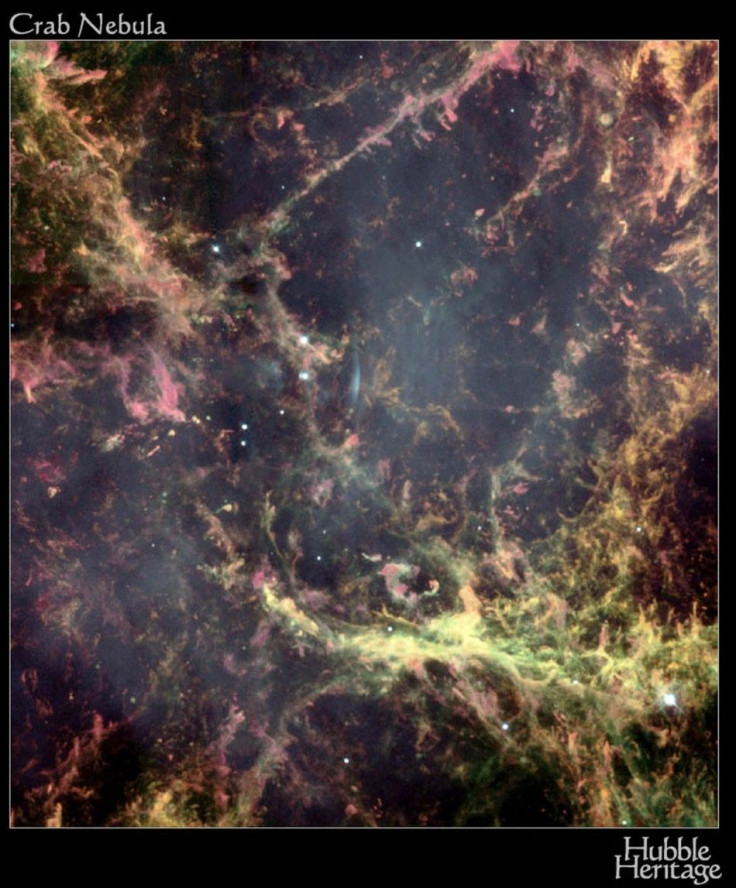Crab Pulsar Energy Levels Stun Scientists

Astronomers have discovered an extremely powerful burst of gamma-rays emitted from a pulsar at the center of the Crab Nebula.
Scientists were stunned by the discovery. The pulsar emitted 100 giga-electron volts (GeV) of energy which is a million times stronger than that used in medical X-rays and 100 billion times stronger than visible light. Before this beam was discovered, scientists didn't imagine such high amounts of energy could be emitted by pulsars and this discovery is changing the way scientists think about gamma-rays.
This is the highest energy pulsar system ever detected, Rene Ong said, a UCLA professor of physics and astronomy and spokesperson for the VERITAS collaboration at the Harvard-Smithsonian Center for Astrophysics. It is a completely new and surprising phenomenon for pulsars.
Pulsars are highly magnetized and super-dense neutron star spinning so fast that they beam out electromagnetic radiation like a lighthouse; described as a pulsar because it appears to be pulsing through a telescope. Both the pulsar and the Crab Nebula are remnants of the explosive death of a massive star that has gone supernova. The Crab Nebula was first recorded by Chinese astronomers in 1054. The nebula is 65,000 light-years away from Earth and is the most studied object in the sky.
The beam was discovered by VERITAS (Very Energetic Radiation Telescope Array System) located just south of Tucson, Ariz. Since Earth's atmosphere protects us from most of the radiation coming from space it is difficult to get an accurate assessment of what radiation is floating around the void. VERITAS looks for tiny flashes in the Earth upper atmosphere which is a result of gamma-rays interacting with that protective layer. The telescope array then traces the rays back to their interstellar origins.
Scientists have no clues to what is causing these high energy emissions. The current theory of how pulsars emit energy is by highly-charged particles that move along curved magnetic fields and throw off radiation along the way. But the theory cannot account for the high amounts of radiation emitted from the Crab's pulsar. Scientists are hoping further study will yield insights into the nature of cosmic rays.
© Copyright IBTimes 2025. All rights reserved.





















